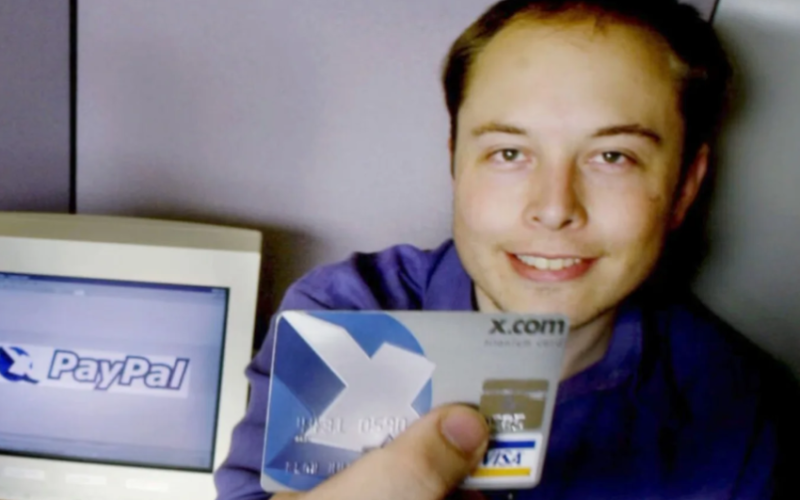X.com Explained: How Elon Musk Built the Startup That Became PayPal
Imagine starting a company to change how people send money online. That’s exactly what Elon Musk did with X.com in 1999. Back then, the internet was still young. Online banking? Barely a thing. Musk saw a gap and jumped in. His vision? A website that could handle all your financial needs. Ambitious? Sure. But that’s Musk for you.
The Birth of X.com
In 1999, Musk co-founded X.com with a small team in Palo Alto, California. The internet was buzzing with dot-com dreams, and Musk wanted to make online payments simple. No more mailing checks or waiting days for bank transfers. X.com aimed to let users send money instantly, securely, with just an email address. Sounds familiar? It should. That’s the core of what PayPal became.
Musk wasn’t alone in this race. Another company, Confinity, was working on something similar. They built a system called PayPal, focused on letting people beam money from their PalmPilots—those clunky early smartphones. Both companies had big ideas, but the market wasn’t big enough for both.
The Merge: X.com Meets Confinity
By 2000, X.com and Confinity were burning cash, fighting for users. Competition was fierce. Neither could afford to keep slashing prices or offering freebies. So, they did something bold. They merged. In March 2000, X.com and Confinity became one company, keeping the X.com name for a bit. The goal? Combine strengths, cut costs, and dominate online payments.
The merger wasn’t all smooth sailing. Teams clashed. Musk pushed for X.com to be an all-in-one financial hub—think banking, investments, everything. But Confinity’s crew, including folks like Peter Thiel and Max Levchin, loved the PayPal name and its simpler focus: fast, secure payments. Guess who won that battle? The PayPal brand stuck.
PayPal Takes Shape
By 2001, the company officially became PayPal, Inc. Why the switch? Users loved the PayPal name—it was catchy, clear, and tied to the idea of “paying a pal.” X.com’s broader vision took a backseat. The team doubled down on making online payments easy, especially for eBay users. Back then, eBay was the internet’s garage sale, and PayPal became its go-to payment tool.
Here’s the magic: PayPal let buyers and sellers exchange money without sharing bank details. You just needed an email and a linked account. Safe. Quick. Done. By 2002, PayPal was handling millions of transactions. It wasn’t just a company—it was a lifeline for online shoppers and small businesses.
The eBay Era and Beyond
PayPal’s success caught attention. Big attention. In 2002, eBay bought PayPal for $1.5 billion. Yup, billion with a B. That deal made PayPal the king of online payments, powering eBay’s massive marketplace. Musk, Thiel, and others cashed out, but PayPal kept growing. It added features, expanded globally, and became a household name.
Musk moved on to SpaceX, Tesla, and other world-changing projects, but his X.com dream laid the foundation. PayPal’s focus on simple, secure payments shaped how we shop online today. From splitting dinner bills to buying vintage lamps on eBay, PayPal made it possible.
Why It Matters
X.com’s transformation into PayPal wasn’t just a business win. It changed how we think about money. No more waiting for checks to clear. No more sketchy wire transfers. PayPal proved the internet could be a safe place to pay and get paid. And it all started with Musk’s bold idea to rethink finance.
Today, PayPal processes billions of transactions a year. It’s on your phone, your laptop, your favorite online store. And while Musk’s X.com name faded, its spirit lives on. A spark of innovation. A push for something better. That’s the story of how X.com became PayPal—and changed the world.

